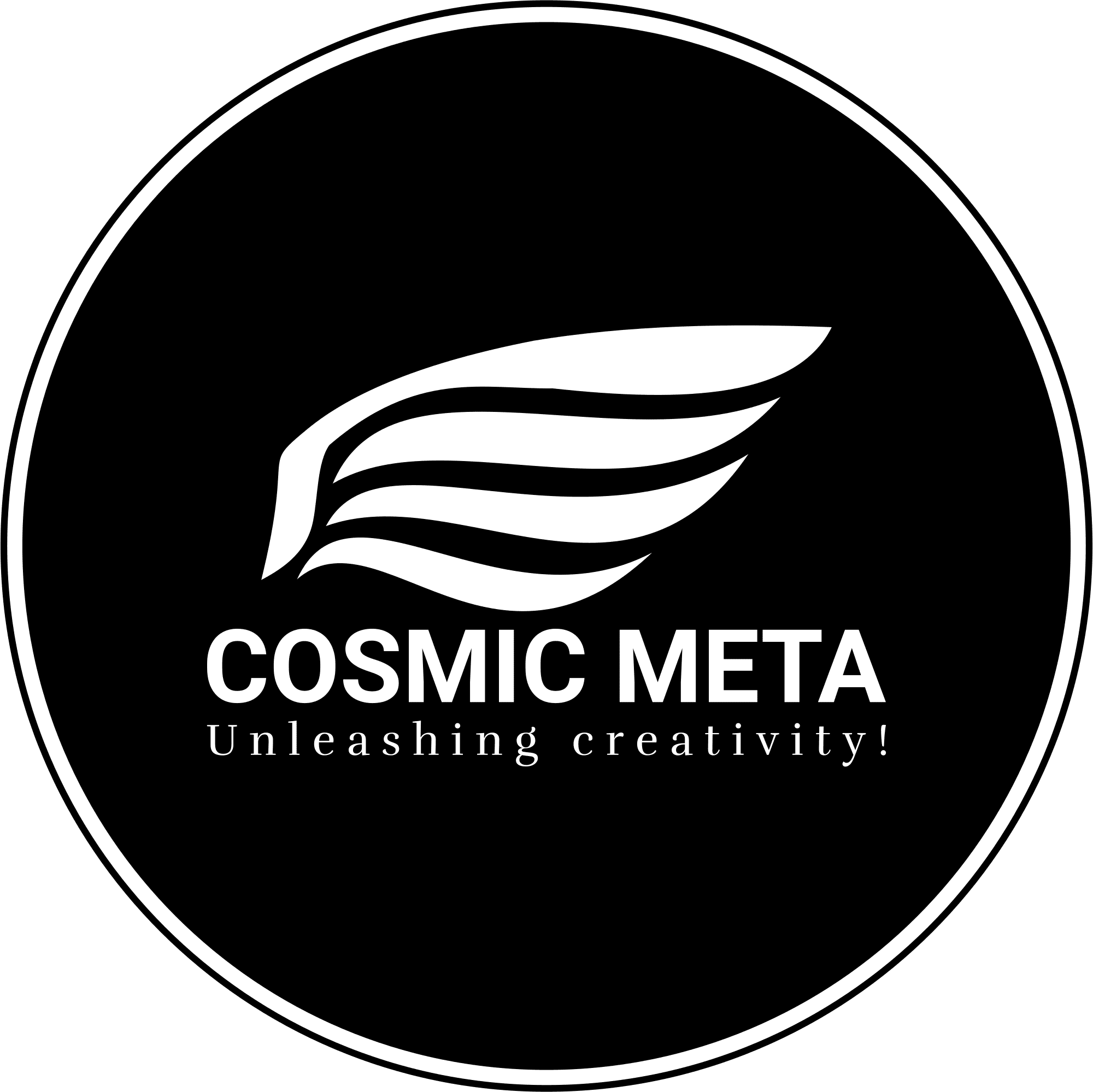Why Unambiguous Communication Is Essential in Software Engineering
In the modern era of ‘vibe coding,’ where rapid iteration and creativity frequently drive the pace of innovation, clear, unambiguous communication stands as an essential asset for any software engineer. Most importantly, being explicit helps avoid rework and misunderstandings that can derail projects. Because clarity leads to proper alignment, teams can focus on delivering quality solutions without second-guessing the requirements.
Furthermore, research such as the dissertation from Michigan Technological University on communication patterns shows that precise exchanges improve not only developer productivity but also team morale. Therefore, embracing clarity benefits technical work, promotes smoother team collaboration, and ultimately improves product quality.
The ‘Vibe Coding’ Paradigm and Its Challenges
‘Vibe coding’ describes work environments that thrive on energy, fluid creativity, and fast-paced decision-making. However, this approach often trades off detailed instructions and precise feedback in favor of intuition and spontaneous ideas. Because of this, critical details may become lost or misinterpreted.
Besides that, these challenges manifest in numerous ways. For instance, loosely defined user stories, assumptions made during problem solving, and the reliance on gut feelings instead of concrete data can seriously impair project outcomes. As discussed in Leader’s Pulse: How to Manage Ambiguity with Teams, teams must find balanced methods to integrate creativity with rigor to mitigate these issues.
Real-World Examples of Ambiguity
Consider a scenario where a feature request is presented without clear acceptance criteria. Ambiguity can lead to varied interpretations and even conflict over which edge cases to address. Most importantly, vague documentation may result in rework or even complete misdirection down the development path.
Furthermore, the absence of explicit success metrics in code reviews or sprint planning can ruin estimated timelines. This cumulative uncertainty has been cited as a significant barrier to productivity in various industry studies, including insights from Advices from a Software Engineer with 8 Years of Experience.
The Impact of Ambiguity on Productivity and Team Morale
When communication lacks precision, engineers may end up reinventing solutions or following conflicting priorities. Most importantly, wasted time and resources become a recurring theme, which in turn strains budgets and schedules. Because every minute lost in misunderstanding is a minute lost on innovation, ambiguity undermines productivity at multiple levels.
Besides that, team morale suffers when expectations are unclear. Developers are forced to assume roles beyond their expertise to compensate, resulting in burnout and diminished confidence. Clear guidelines help teams stay aligned, as noted in leading articles such as the StackOverflow Blog on feedback improvement, which emphasizes that clear communication fosters a supportive environment.
The Key to Success: Embracing Unambiguity
Unambiguity—the art of being precise and explicit in communication—is not a luxury, but a necessity in software engineering. Because it bridges gaps between technical and non-technical team members alike, engineers who favor clarity unlock smoother workflows and reduce misinterpretations. Most importantly, it catalyzes faster delivery and increased trust across teams.
Additionally, integrating unambiguous communication into daily practices is a hallmark of high-performing teams. Research from Michigan Technological University further supports the idea that explicit dialogue contributes to early detection of errors, better risk management, and overall improved project outcomes.
Practical Strategies to Avoid Ambiguity
To counter the pitfalls of vibe coding environments, software engineers can adopt several practical strategies. First, always ask explicit and focused questions. For example, rather than assuming familiar contexts, pose specific inquiries such as, “What are the acceptance criteria for this feature?” This approach, advocated by experienced professionals like those featured on Dev.to, minimizes ambiguity.
Moreover, document every decision and its rationale. Regularly updating project wikis, drafting RFCs, and summarizing meeting outcomes with clear action points ensure everyone is on the same page. This habit not only prevents misunderstandings but also serves as a valuable reference during project reviews or audits.
Leveraging Feedback and Continuous Communication
Feedback is an important tool for improving clarity. When in doubt, engineers should over-communicate rather than risk leaving assumptions untested. Regular check-ins and explicit feedback sessions, as recommended by articles on the StackOverflow Blog, are vital for ensuring all parties correctly interpret the discussed goals.
In practice, this means breaking down large objectives into measurable, trackable steps and routinely gathering feedback from peers and stakeholders alike. Such iterative review processes not only reduce ambiguity but also encourage collective ownership of the development process.
Cultivating a Culture of Clarity in a ‘Vibe’ World
Even in creative and agile teams, the need for clear objectives and transparent documentation remains. Because unambiguous communication brings predictability, it empowers teams to innovate without fear of misinterpretation. Most importantly, when expectations are crystal clear, creative energy is channeled into meaningful progress rather than being dissipated in uncertainty.
Furthermore, cultures that prioritize precision over assumption allow for more robust debate and fact-based disagreement. Senior engineers and project leaders often rise to the top not only due to technical mastery but because they actively work to eliminate vague directives by asking the right questions and setting explicit goals.
Embracing Adaptive Communication Practices
Organizations that blend creative environments with precise communication strategies tend to outperform those that do not. Because the nature of software development constantly evolves, continuous learning and adaptation in communication styles is necessary. Techniques such as iterative feedback cycles and proactive documentation create a resilient framework that benefits both individual developers and entire teams.
For example, the concept of unambiguity is explored in depth on Satisfice’s blog, where the author highlights how explicit communication can transform complex and ambiguous scenarios into manageable tasks by grounding them in clear, actionable insights.
Conclusion: The Engineer’s Superpower
In today’s ‘vibe coding’ workplaces, the ability to communicate unambiguously is an engineer’s superpower. Because it minimizes misunderstandings and aligns teams around common goals, clear communication keeps the end-user at the center of every project. Most importantly, it transforms chaotic environments into hubs of focused innovation and practical delivery.
Therefore, by challenging vague requirements, embracing explicit feedback, and fostering a culture of continuous communication, software engineers not only enhance their own productivity but also pave the way for building robust, reliable systems. As echoed by various industry experts and research studies, such practices lead to tangible improvements in both team morale and product quality.
References
- [1] Kumar, S. “Communication Patterns and Strategies in Software Development.” Michigan Technological University, 2016. Read more.
- [2] Ruiz, B. “Advices from a Software Engineer with 8 Years of Experience.” Dev.to, 2023. Read more.
- [3] “Leader’s Pulse: How to Manage Ambiguity with Teams in Software Development.” LogiGear, 2024. Read more.
- [4] “To improve as an engineer, get better at requesting and receiving feedback.” StackOverflow Blog, 2023. Read more.
- [5] “Unambiguous Definition.” Satisfice Blog. Read more.



